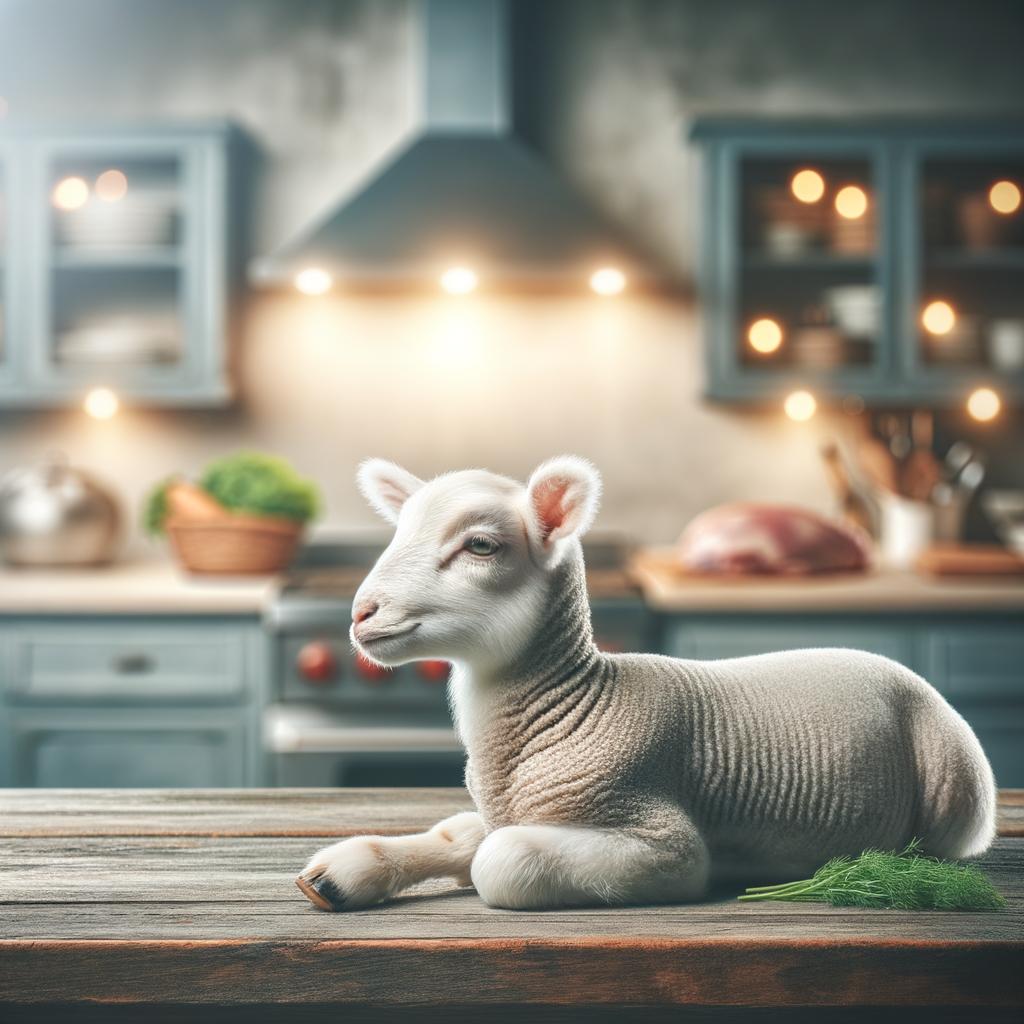Whole Lamb or Goat

Description Whole lamb or goat is a cherished ingredient in many parts of the world. Often associated with celebration and communal feasting, the sight of a whole lamb or goat roasting over an open fire is a spectacle that stirs the senses. The exterior of the animal, when properly cooked, has a crisp, golden-brown skin, while the interior reveals tender, succulent meat. The flavor profile of lamb and goat is distinctive, with lamb being slightly sweeter and richer, and goat having a lean, robust flavor that is slightly gamey yet utterly delicious. What sets whole lamb or goat apart from other meats is the sense of ceremony that surrounds its preparation and consumption, transforming a meal into an event.
Primary Uses Whole lamb or goat is often the centerpiece of large gatherings, from traditional Easter celebrations in Greece to the Moroccan feast of Eid al-Adha. In the Caribbean, curried goat is a staple, while in the Middle East, whole lamb is often stuffed with rice, nuts and spices, and slow-roasted to perfection. In addition to its culinary uses, the slaughtering of a lamb or goat is often imbued with cultural and religious significance, symbolizing sacrifice, purification, or gratitude in various traditions.
History The domestication of sheep and goats dates back over 10,000 years, making them some of the earliest animals to be farmed for food. In many ancient cultures, these animals were considered gifts from the gods, and their meat was revered as a delicacy. Over time, the preparation of whole lamb or goat has evolved from a survival necessity to a culinary art form, with each culture adding its unique twist to the process. There are countless stories associated with these animals, from the biblical tale of the sacrificial lamb to the Greek myth of the Golden Fleece.
Nutritional Information Both lamb and goat meat are rich in protein, providing essential amino acids that our bodies need. They are also good sources of iron, zinc, and B vitamins, particularly vitamin B12. Goat meat is leaner than lamb and has fewer calories, making it a healthier choice for those watching their calorie intake. However, both meats can be part of a balanced diet when consumed in moderation. Compared to other red meats, such as beef, lamb and goat have a higher proportion of healthier unsaturated fats. As always, the most nutritious way to enjoy these meats is to pair them with a variety of vegetables and whole grains, turning a feast into a well-rounded meal.

